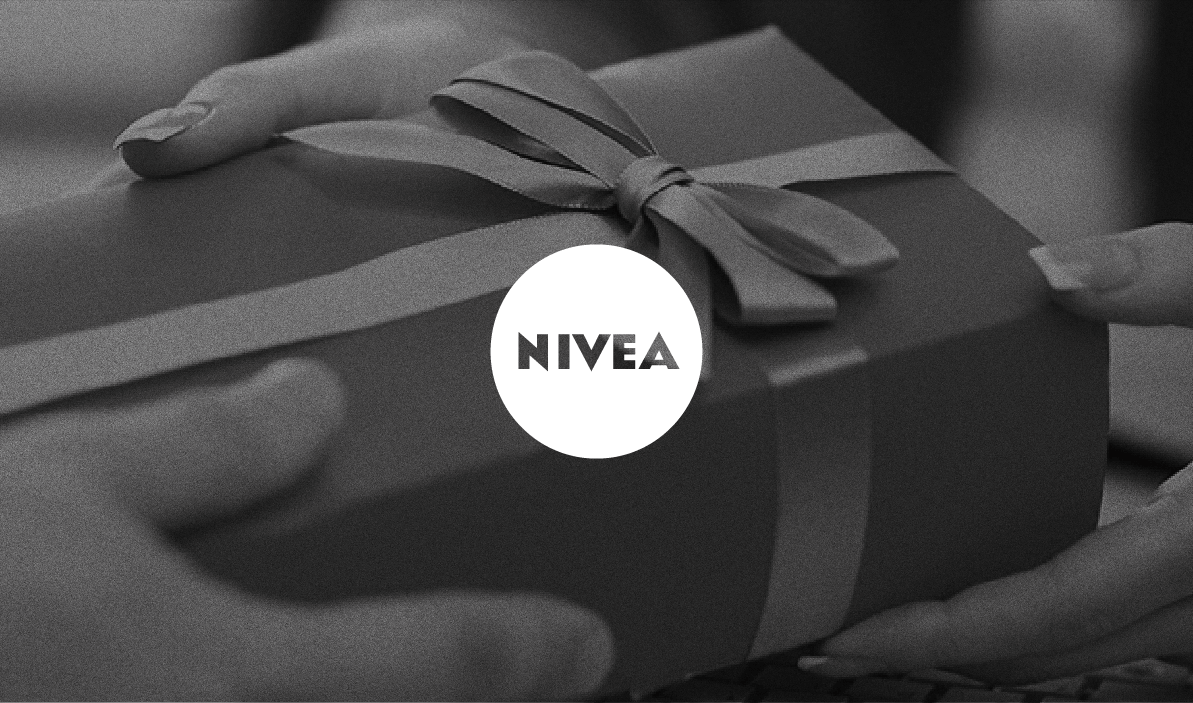THE CHALLENGE:
More than 26,000 tonnes of plastic is produced in India everyday. Could we possibly start to reduce this? Could we bring back the sustainability we once had in Indian eating habits? Indian food (more than others) when delivered, requires a lot of plastic for practical purposes. The harmful nature of this plastic after a single use, was something we needed to change.
PROJECT YEAR
2017
CLIENT
The Bombay Canteen
PROJECT TYPE
Food Packaging
LOCATION
Mumbai

The Solution:
An important aspect of the brand is to be rooted in India. Traditionally, most food packaging in India has been reusable and sustainable. To aid sustainability, each delivery bag was created with reusable cotton fabric, the cutlery holders were handmade using newspapers and the boxes were made with biodegradable materials .
This is a story of how we designed a solution for delivery that saved the planet more than 1,00,000 plastic boxes and bags; by going back to our Indian roots. When The Bombay Canteen, an extremely popular restaurant and bar in Mumbai, approached us to design a unique packaging solution — we attempted to try and save the planet.
The Bombay Canteen prides itself on inventing dishes that are recreated from local recipes and customs. The brand experience is rooted in reinterpreting the traditions and culture of the people of Bombay with an added contemporary twist.
After surveying traditional meal settings, we discovered that historically, most Indians used to carry food wrapped in a piece of cloth. A parcel of sorts, called a potli, that a family would unfold, gather around and eat together during meal times.
Challenge 2: Take the traditional Potli, innovate and engineer the form to recreate a solution fit for today.
We had to allow for multiple boxes, so customers could mix the sauces at the time of consumption. This also meant the boxes could not leak or move around too much — we needed to tie them in securely for our bumpy Mumbai roads.
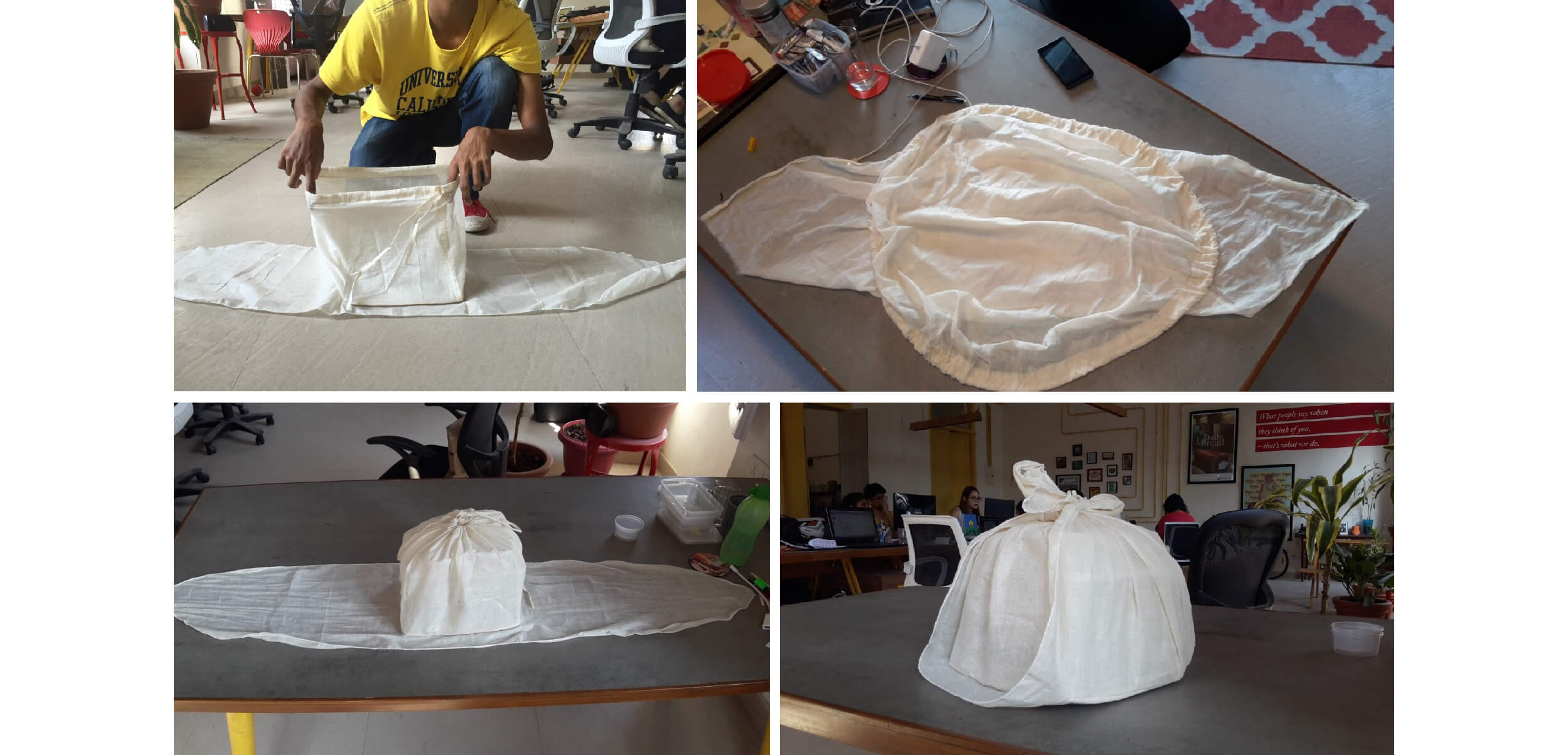
Solution: After weeks of invention, we designed our version of the potli.
With sturdy handles on opposite sides supporting a cardboard base to make it ergonomically sound, and ties on opposite corners to make sure the food containers remain securely in place.
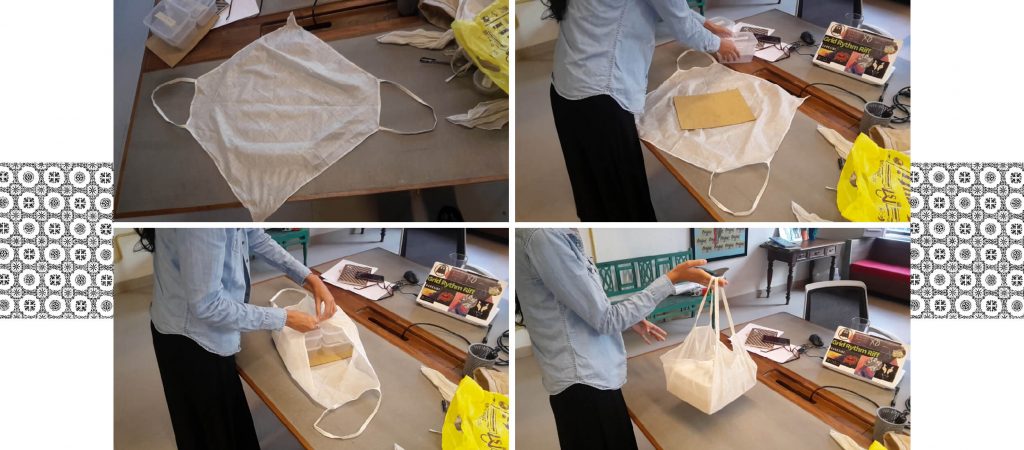


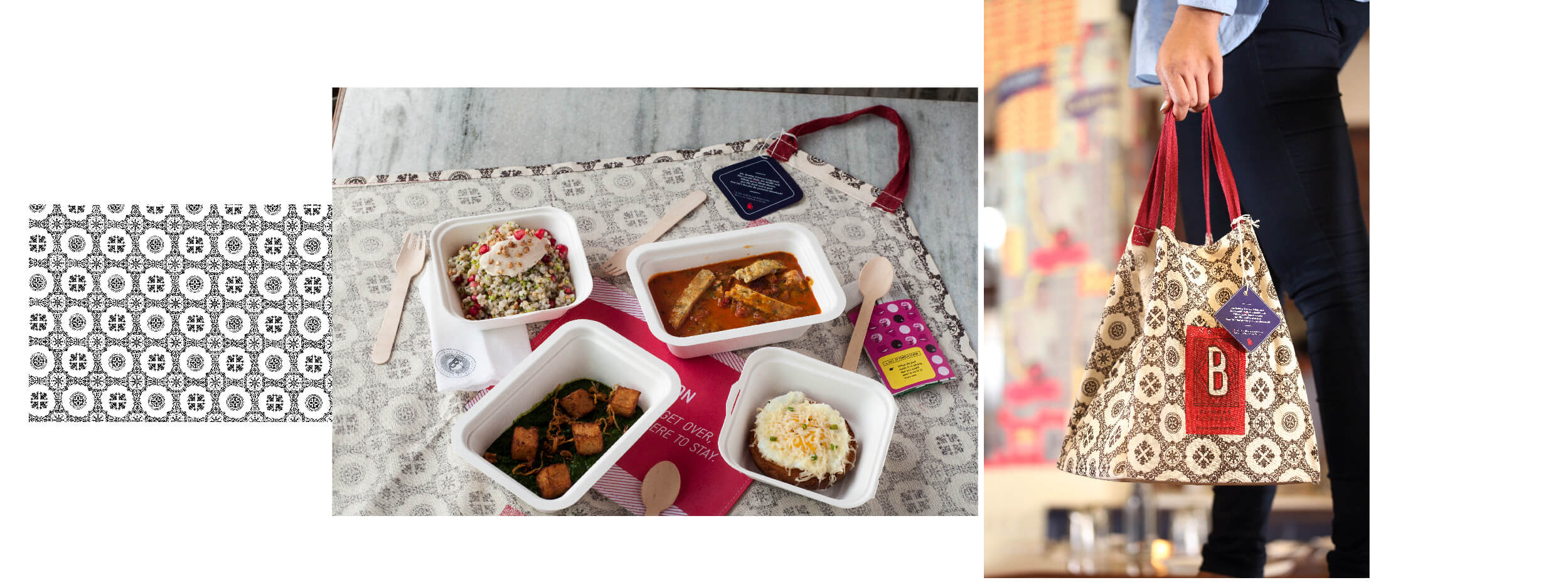
Challenge 3: We learnt from our research that food delivery was mostly to corporate offices. How could we ‘tie in’ the brand and give them an experience they would remember?
We noted that the habit of relaxing after eating has been fading as people have adapted to a more cosmopolitan routine. Mealtimes are meant to be a time of comfort and relaxation. But, most deliveries were taking place at offices, where no one really takes time out to savour the food they order. How could we change this?
In response, we created ‘The Aaram Life,’ which translates to encouraging patrons to enjoy, share and break for their meal. We intended the potli to open up flat and also function as a tablecloth, and encouraged consumers to use it like a picnic blanket. Finally, there was a provision for a cutlery set, and designed stickers which illustrate how to eat well.
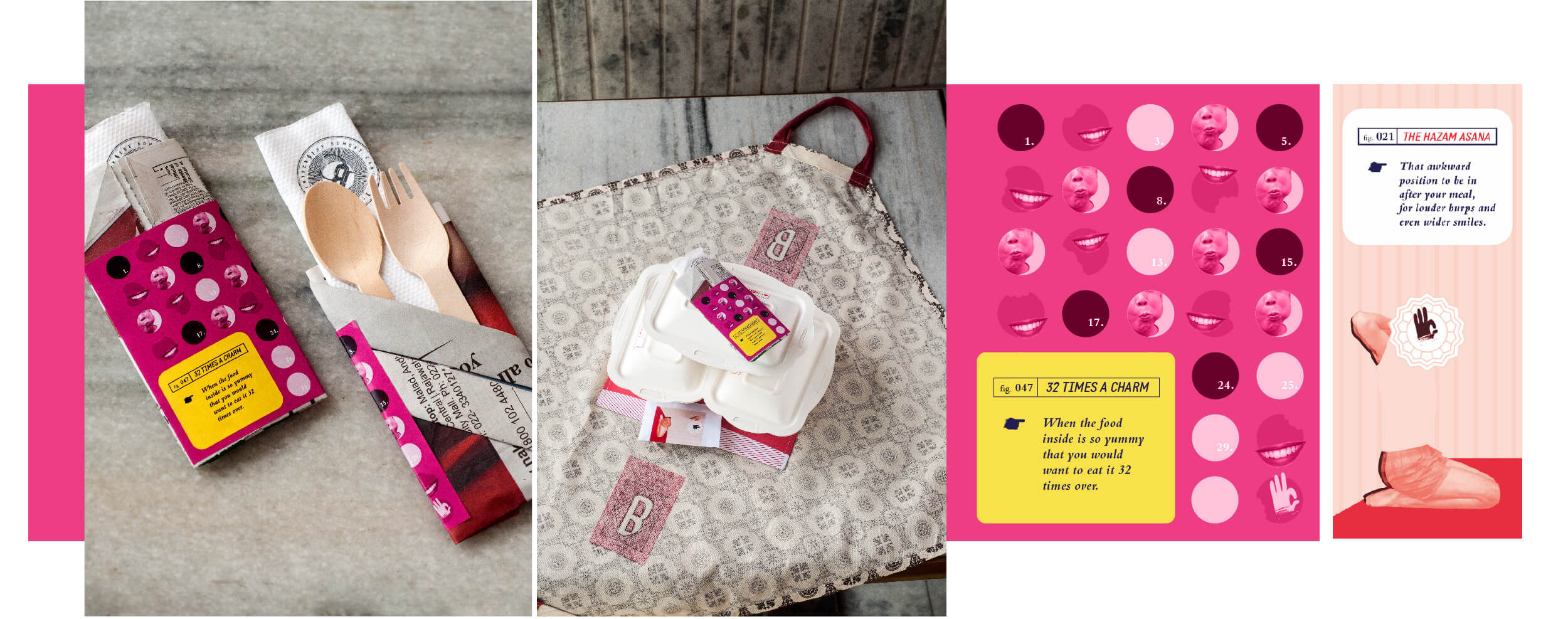
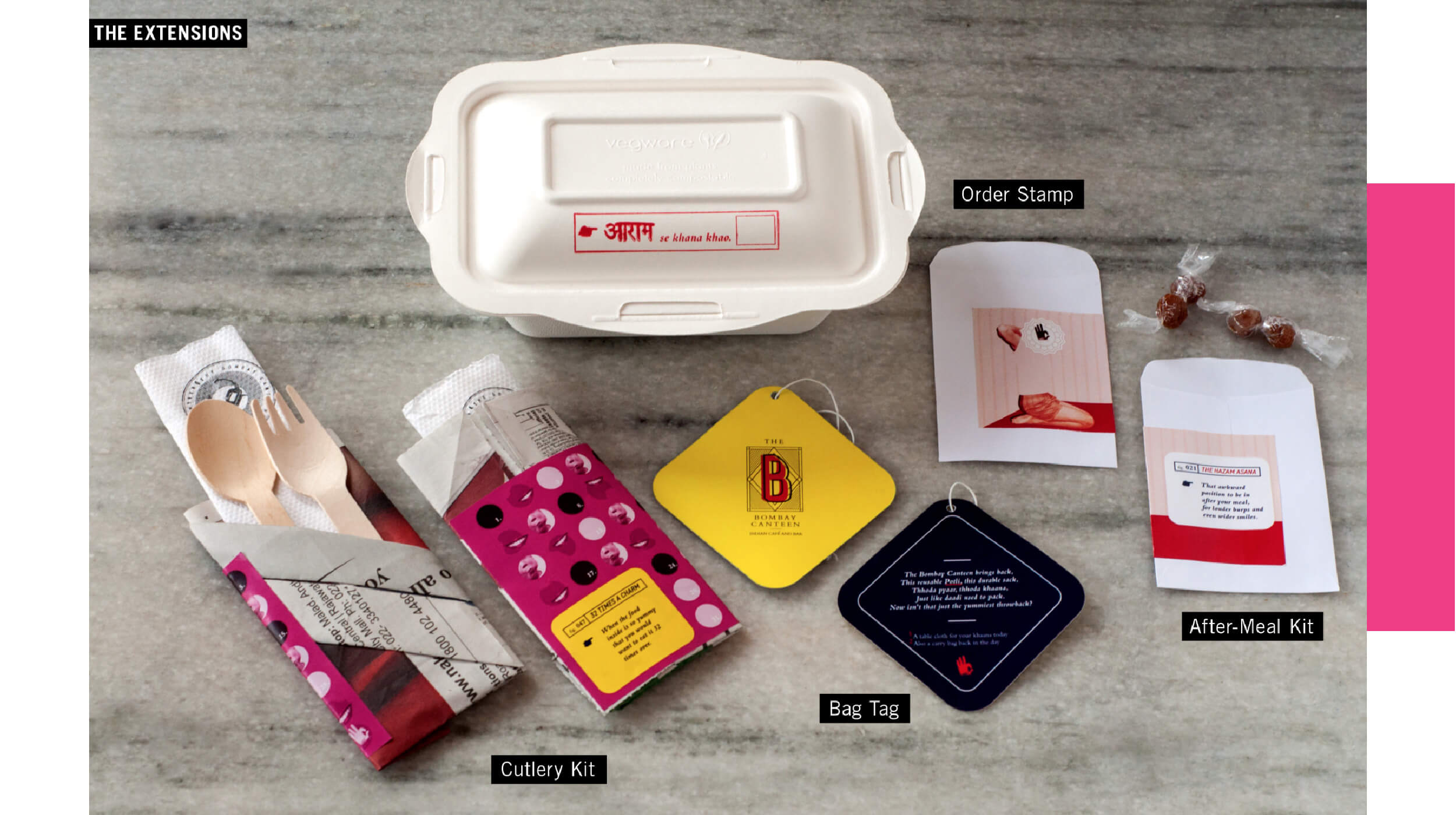
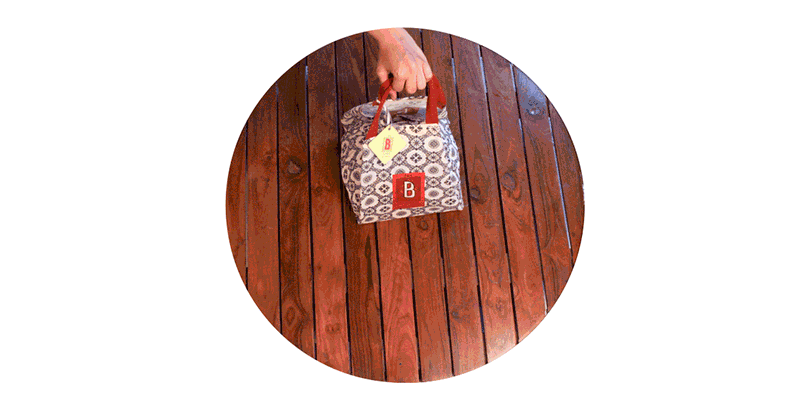
As an agency, Please See// aims to design packaging that can extend beyond its original use and can be appropriated for other purposes.
When designing delivery packaging for The Bombay Canteen, we kept in mind the past, present and future to bring out the key essence of the brand within this touchpoint.






